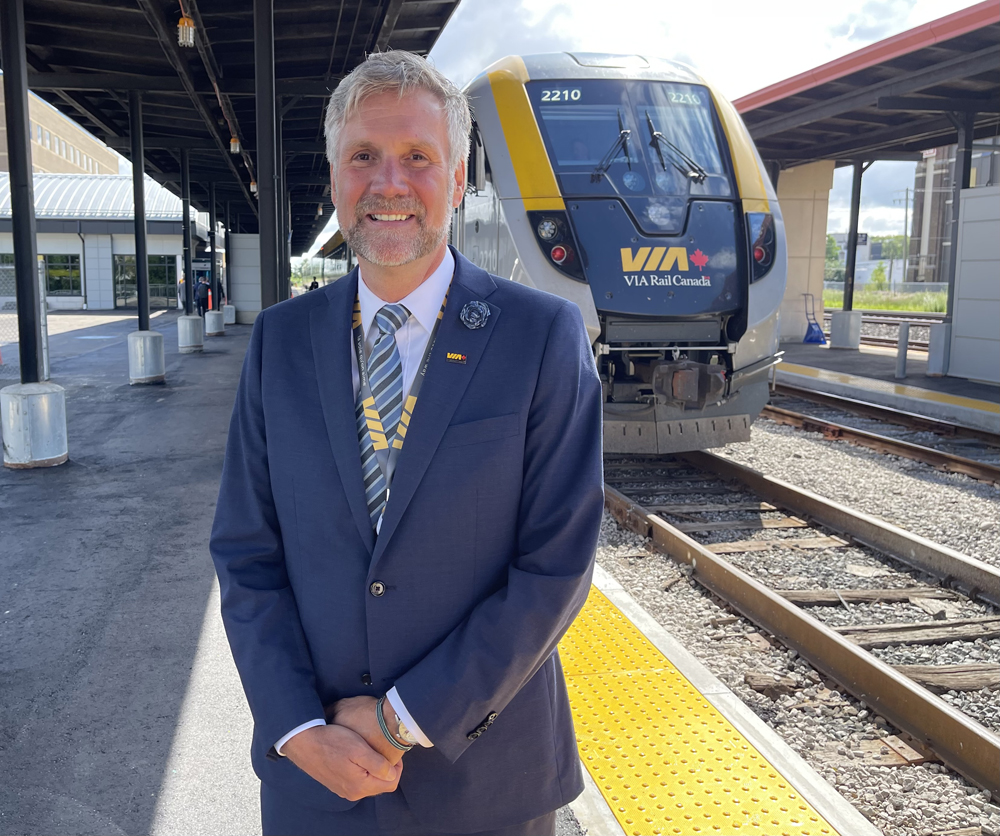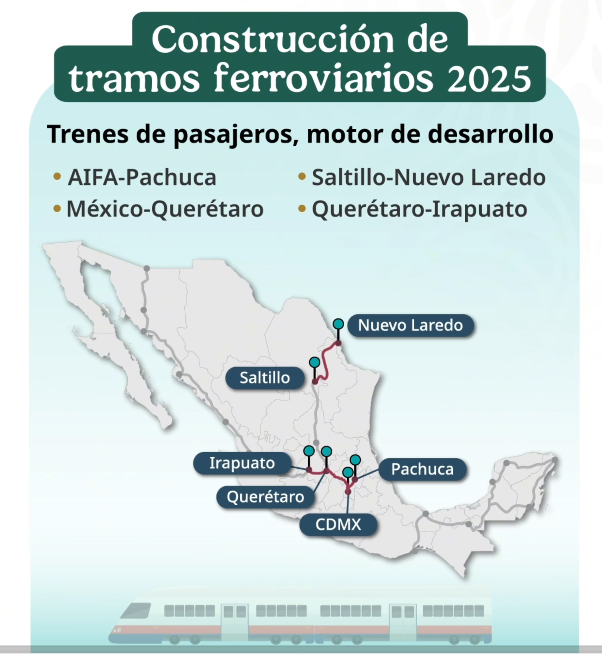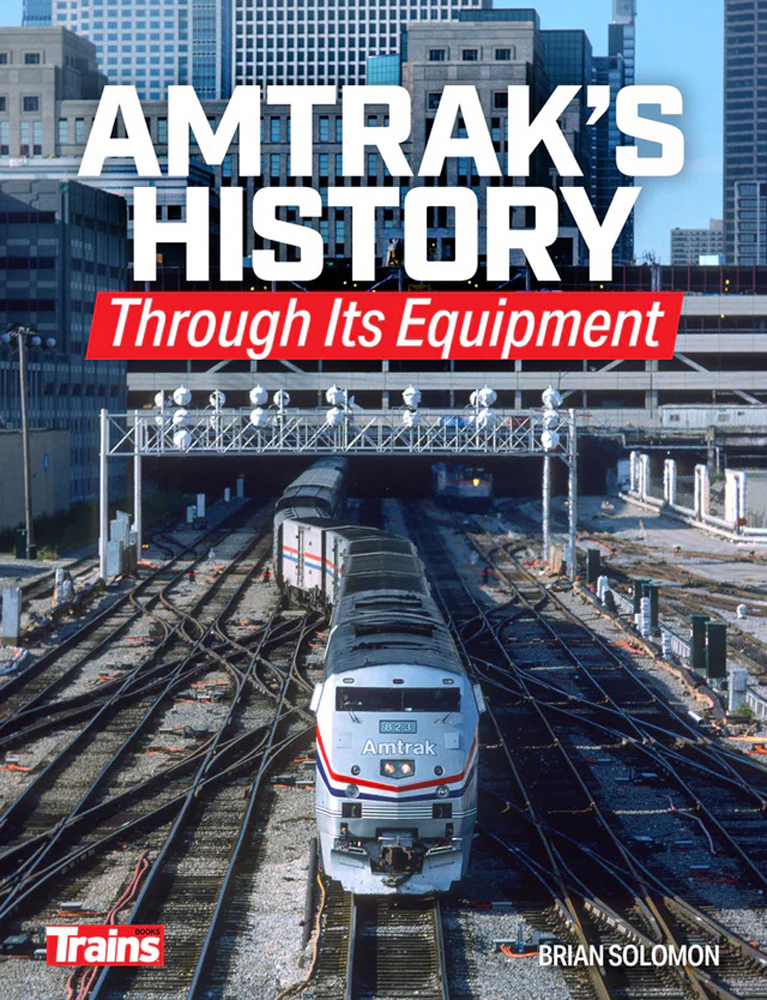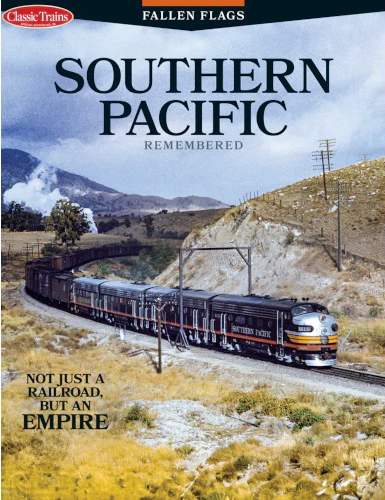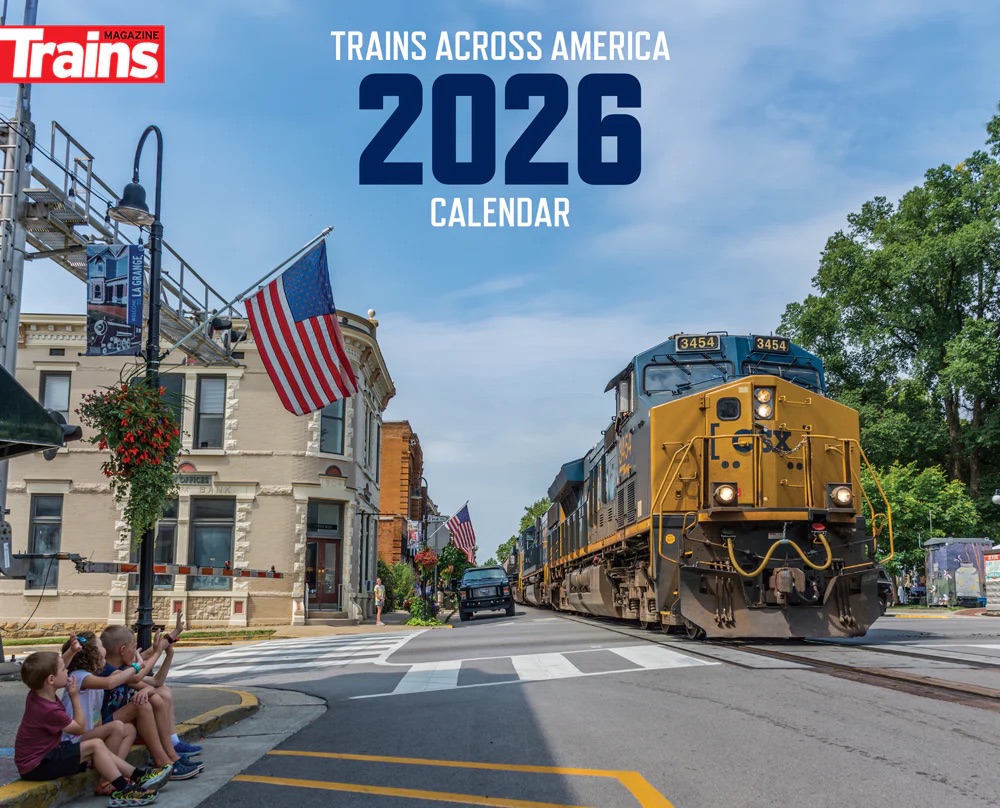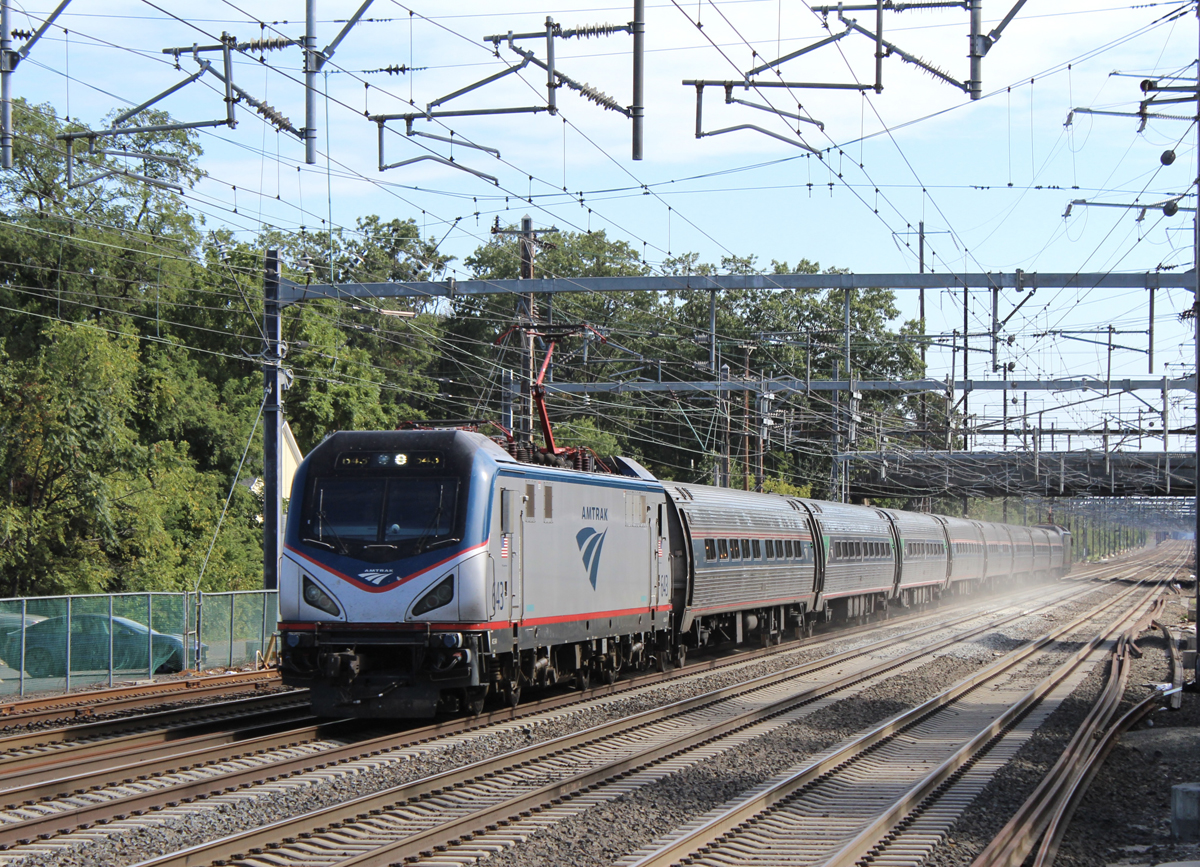
WASHINGTON — Though outsiders were not permitted to comment or ask questions, the online Amtrak board of directors meeting today (Wednesday, Sept. 10) was much more informative than the previous edition, in large part because of interrogation by board members following company executives’ presentations and candid admission of where results are falling short.
The last online meeting in July lasted just 45 minutes and saw no questioning by the board [see “Numbers-heavy Amtrak public board meeting …,” Trains.com, July 31, 2025].
Positives and negatives
Through July, the company’s adjusted operating results — revenue minus expenses — are $110 million (17.3%) higher than the same period in fiscal 2024, with more than half the gains attributed the Northeast Corridor service line. Ridership hit 28.6 million during the 10 months, meaning the company should easily blow past last year’s total of 32.8 million by the end of the fiscal year in September.
Customer Satisfaction Index scores were slightly higher than last year’s five-year low in July, but appeared to bounce back somewhat more in August. The main CSI driver is on-time performance, dragged down equally by NEC and long-distance challenges. Consist fulfillment — having trains operate with the assigned number of cars — hit a five-year bottom at 91%.
Gery Williams, Amtrak’s vice president. of service delivery and operations, outlined how equipment issues are having a negative effect. Acela year-to-date ridership is down 8.4% due to reduced departures, offset by Northeast Regional increases of 12%.
Midwest equipment substitutions coming
Williams also explained that a number of Midwest and California cancellations was driven “by regular substitution of Venture equipment. The past two months have been especially difficult because several cars had to be removed from service for four-year overhauls. This has not only pulled down consist fulfillment but also resulted in full-train cancellations.”
In the short term, Williams says, “As the summer long-distance peak winds down in September, we will be temporarily deploying national network equipment on Midwest trains to supplement the Venture fleet. Because the Midwest states did not buy enough equipment to adequately fill all of their services, this will continue to be a challenge.” Fourteen Superliners are already tied up on the Chicago-Carbondale Illini and Saluki due to axle count requirements imposed by Canadian National on that route, with no progress reported in rectifying that situation.
Williams adds that most long-distance variances are driven by fleet types with less than 30 units, such as dining cars, resulting in more opportunity for day-to-day variation from planned consists. Dining cars and transition sleepers regularly show up on those Illinois-sponsored trains.
NextGen issues
Unlike their reticence in the previous meeting, Amtrak members had numerous questions for management. Among the concerns raised:
— Vice Chairman Joel Szabat wanted to know specific problems NextGen Acela trainsets have encountered following their introduction. Answered, President Roger Harris, “The trains are running very well mechanically, but what we are seeing are door systems that need to be calibrated and sensors that need to be checked. We’re working very closely with Alstom and their suppliers to make sure those challenges get resolved, especially before we take delivery on additional units.” Harris expects 12 of the NextGens to be running by the end of the year.
“So none of the glitches are serious enough to take anything out of service right now?,” asked Szabat. “That’s true,” Harris said.
— Board member Ron Batory, who was Federal Railroad Administrator in the first Trump administration, was concerned about strengthening the organization with all the challenges it is facing. “When you go through change, you want a good team,” he said.
Capacity, marketing, and pricing
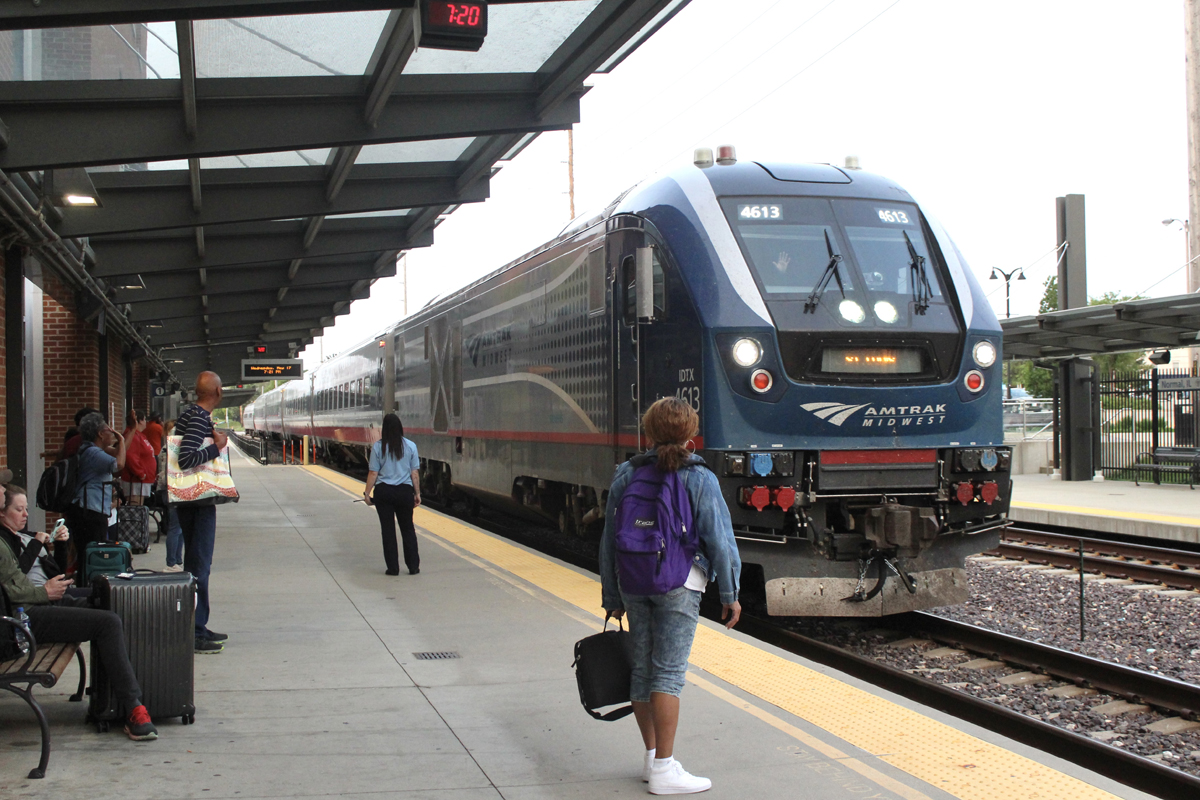
— Batory also asked chief commercial officer Eliot Hamlisch how reduced capacity is affecting the three service lines. “What we’ve found, particularly on the Northeast Corridor in peak periods,” Hamlisch said, “is an incredible willingness for customers to pay all-time high [prices]. Then we are trying to get creative through promotional tactics to drive demand where we’re seeing less of that.” Hamlisch also indicated passengers were increasingly opting for choosing the more expensive “flex fare” option when booking travel.
— When Hamlisch told Batory the most unsold inventory was found on long-distance trains, board member and Normal, Ill., mayor Chris Koos asked whether there was something that could be done to market those trains among communities along the route where the trains have excess capacity, rather than simply as “the long-distance fleet?”
The problem with Lincoln Service and Texas Eagle trains through Normal — as Koos knows, but Hamlisch may not — is that they are most often sold out between Chicago and Normal, creating empty seats to the south and west.
Hamlisch’s response: “We have limited marketing dollars, and the question is how do we deploy them to the most useful extent possible — return on ad spend.” He explained there is a debate about how much should allotted to “global Amtrak messaging versus geography-specific [city pair] messaging, [so] we’re trying to optimize across the network in a somewhat constrained environment from a marketing budget perspective.”
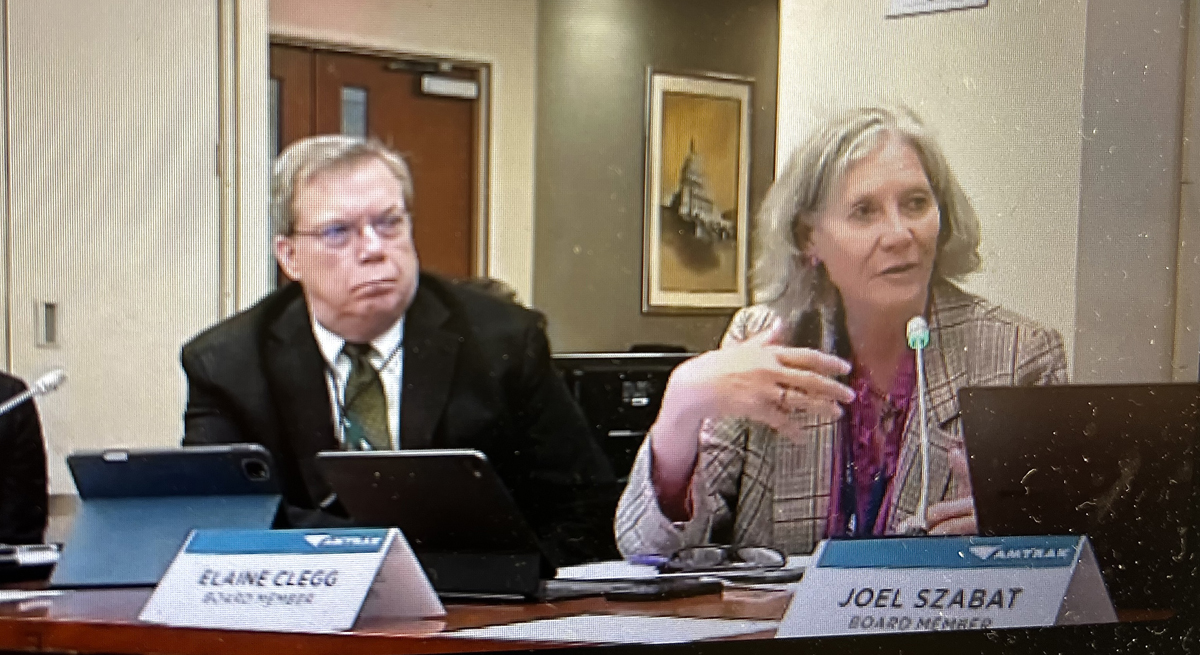
— Similarly, member Elaine Clegg of Idaho asked earlier if there was a way to quantify the opportunity cost of not having enough capacity. Hamlisch said “we know every Northeast Corridor departure we have is going to generate bottom-line impact,” but also said on some state-supported and long-distance routes “generating an incremental frequency would still improve the bottom line, because it more than covers for that variable cost. We are continuing to work through opportunities on these routes, though equipment [availability] is the primary issue right now.”
Even if more frequency is cheaper to add on a per-train basis, Amtrak never has moved to do so on its own since the Sunset Limited was extended initially to Florida in 1993.
Future meetings
At the outset of the one-hour session, Amtrak Chairman Tony Coscia acknowledged the current format of the online meetings, which only allow after-the-fact public participation, is under review.
This year’s annual board meeting, in which the public is invited to attend or participate online, is scheduled for New Orleans on Dec. 3-4, 2025 Details will be released on the company’s website.






